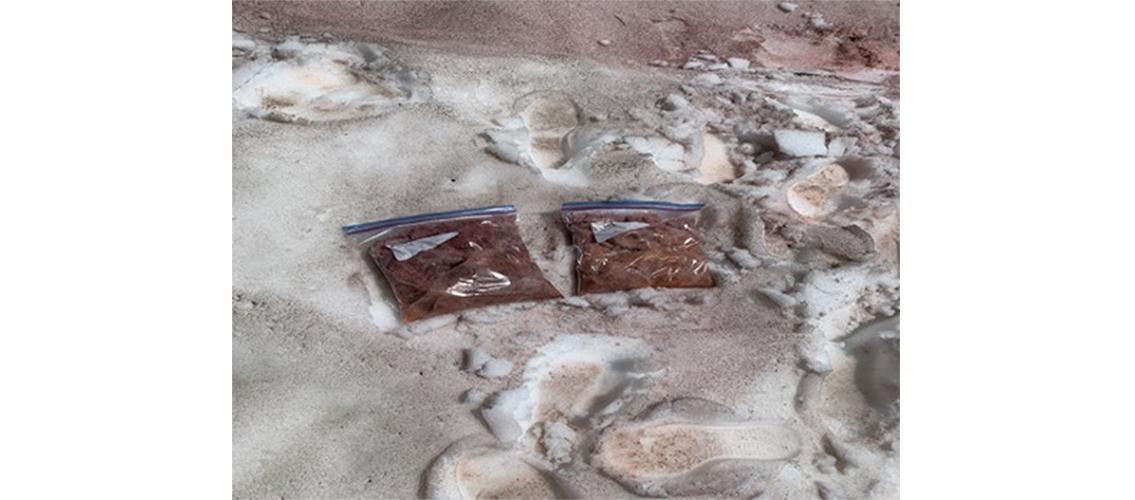Bioinformatics Research of Algal Blooms in Ice
The amount of ice around the globe is decreasing rapidly. Most of this melt is due to the warming climate, but other factors are also involved. One of these is algae blooms in the ice. Pigmented algae reduce the ice’s albedo - surface reflectivity - and thus allow the ice to absorb more solar energy, increasing melting.
A research group led by Trinity Hamilton (associate professor, Plant and Microbial Biology) is working on a project to study snow algal systems in order to learn about how they affect and are affected by their ecosystems. The researchers have sequenced metagenomes from samples retrieved from snow in Grand Teton National Park, the Beartooth Pass in Wyoming, and the Cascade Range in the Pacific Northwest. Their next step is to annotate and analyze the eukaryotic sequences in the datasets. As this is challenging, the group is working with members of MSI’s Research Informatics Systems group to install new tools and analyze the data.
This project recently received a UMII Seed Grant. The Seed Grant program is intended to promote, catalyze, accelerate, and advance informatics research based at the University of Minnesota, so that U of M faculty and staff can successfully compete for longer-term external funding opportunities.
Professor Hamilton uses MSI for several projects involving the functions and interactions of microorganisms in natural and engineered systems and how microbial communities respond and adapt to environmental change.

Image description: Algae samples from a bloom found in snow in the Beartooth Mountains, WY in August 2019.